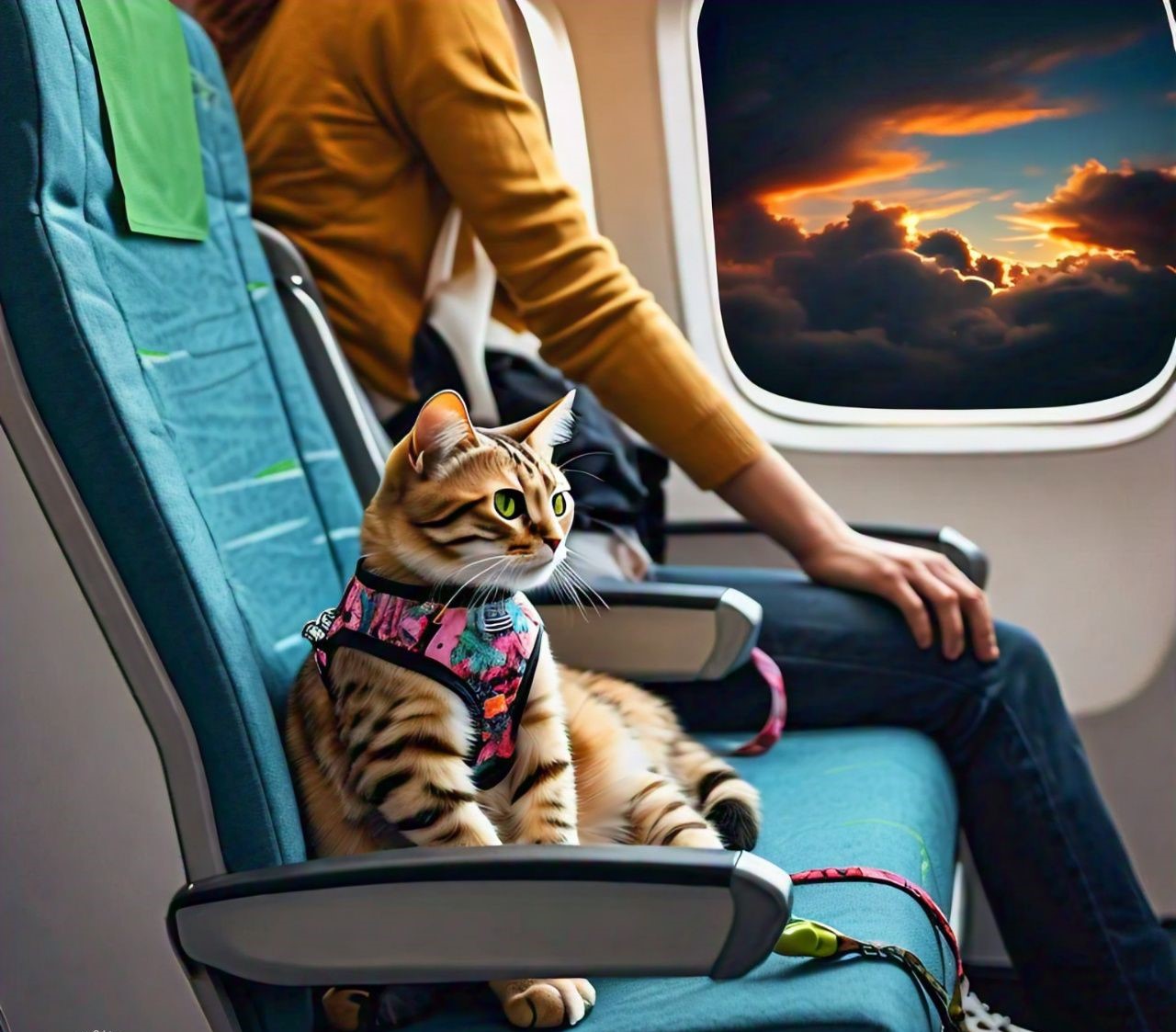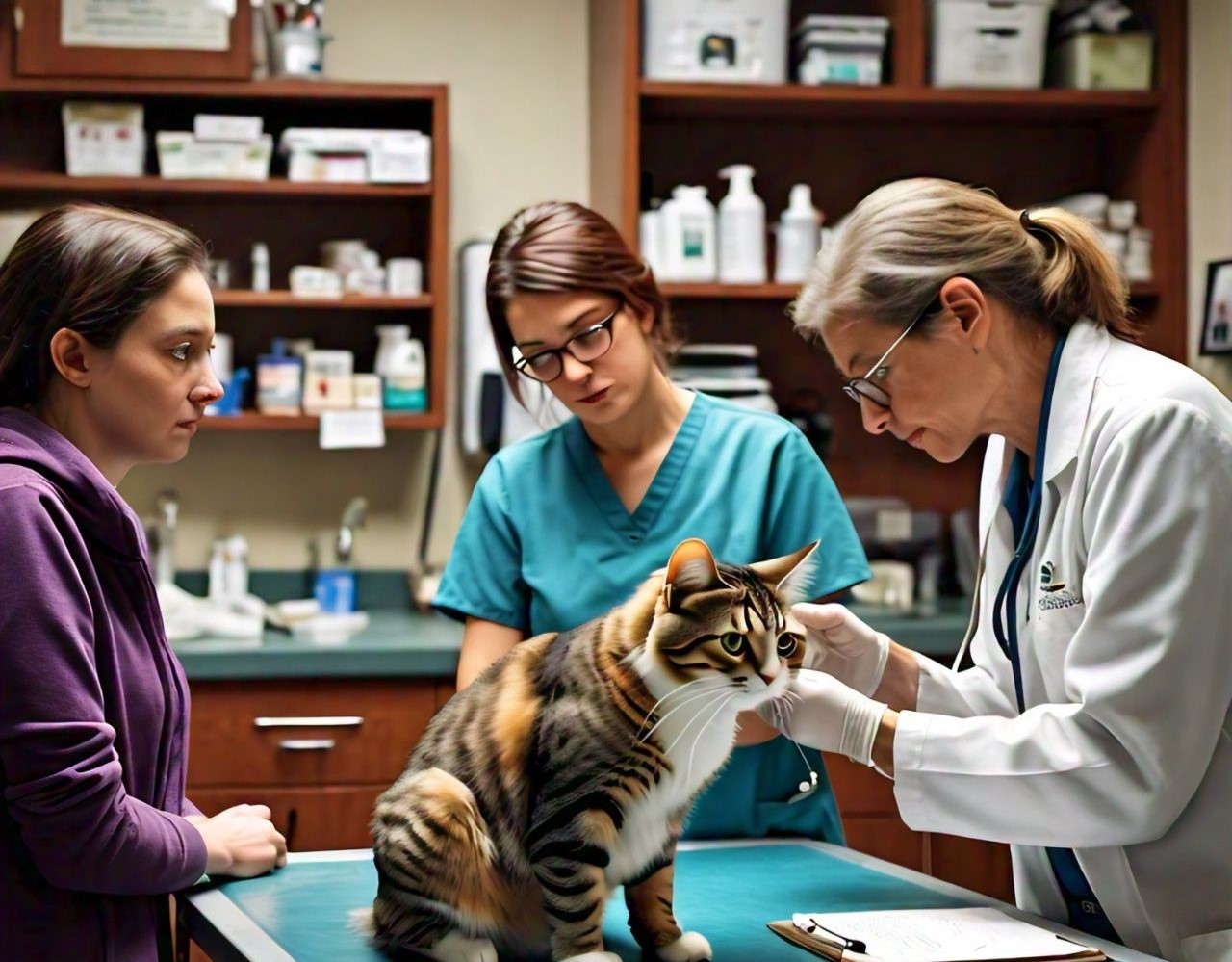Traveling with your cat can be a rewarding experience, offering opportunities for bonding and adventure. However, it’s crucial to prepare adequately to ensure a smooth and stress-free journey for both you and your feline companion. Whether you’re planning a short road trip or a long-distance flight, this comprehensive guide on traveling with your cat will provide you with essential tips and strategies to make the experience enjoyable and stress-free.
Understanding Your Cat’s Needs
Before embarking on any journey with your cat, it’s important to understand their needs and preferences. Cats are creatures of habit and can be sensitive to changes in their environment. Taking the time to prepare and consider your cat’s comfort can significantly reduce stress and make traveling a positive experience.
Assess Your Cat’s Personality
Not all cats are the same. Some may be more adventurous and adaptable, while others might be more anxious and sensitive to changes. Assessing your cat’s personality will help you determine how much preparation and care are needed for a stress-free trip.
- Adventurous Cats: These cats are curious and more likely to enjoy new experiences. They may adapt more easily to traveling but still require proper preparation.
- Anxious Cats: These cats are more prone to stress and may need extra attention and calming measures to feel comfortable during travel.
Consult Your Veterinarian
Before traveling with your cat, schedule a visit to the veterinarian. Your vet can provide valuable advice, ensure your cat is healthy, and recommend any necessary vaccinations or medications. Discuss your travel plans and ask for tips on managing travel-related stress.
Preparing for the Trip
Proper preparation is key to a successful and stress-free trip with your cat. Here are some essential steps to take before you embark on your journey.
Choose the Right Carrier
A suitable carrier is essential for your cat’s safety and comfort. The carrier should be well-ventilated, spacious enough for your cat to move around, and easy to clean. Consider the following when choosing a carrier:
- Size: Ensure the carrier is large enough for your cat to stand, turn around, and lie down comfortably.
- Security: The carrier should have secure latches and locks to prevent your cat from escaping.
- Comfort: Line the carrier with a soft blanket or bedding to provide a cozy and familiar environment for your cat.
Acclimate Your Cat to the Carrier
Cats can be wary of carriers, especially if they associate them with stressful events like vet visits. Gradually acclimate your cat to the carrier by leaving it open in a familiar area of your home. Place treats, toys, and bedding inside to create positive associations. Allow your cat to explore the carrier at their own pace.
Pack Essential Supplies
Having the right supplies on hand will ensure your cat’s comfort and well-being during the trip. Essential items include:
- Food and Water: Pack enough of your cat’s regular food and water to last the duration of the trip. Consider using collapsible bowls for convenience.
- Litter Box: Bring a portable litter box and litter. Ensure your cat has regular access to a clean litter box.
- Medications: If your cat requires medication, pack an adequate supply and keep it easily accessible.
- Toys and Comfort Items: Bring familiar toys, blankets, and items that provide comfort and reduce stress.
- Cleaning Supplies: Pack cleaning supplies, including paper towels and pet-safe disinfectant, in case of accidents.
Plan Your Route and Accommodations
If you’re traveling by car, plan your route to include regular breaks for your cat to stretch, eat, and use the litter box. If you’re staying overnight, ensure your accommodations are pet-friendly and safe for your cat.
Traveling by Car
Traveling by car with your cat can be convenient and flexible, allowing you to take breaks and monitor your cat’s comfort. Here are some tips for a smooth car journey.
Secure the Carrier
Place the carrier in a secure location in your car, such as the back seat. Use a seatbelt or other restraint to prevent the carrier from moving during the trip. Avoid placing the carrier in direct sunlight or near air conditioning vents.
Keep Your Cat Calm
During the trip, keep your cat calm by maintaining a quiet and stable environment. Avoid loud music and sudden movements. Talk to your cat in a soothing voice and offer treats or toys to keep them occupied.
Take Regular Breaks
Plan regular breaks every few hours to allow your cat to stretch, eat, and use the litter box. During breaks, keep your cat on a leash or in a secure area to prevent escape. Never leave your cat alone in the car, especially in hot or cold weather.
Traveling by Plane
Traveling by plane with your cat requires careful planning and adherence to airline regulations. Here are some tips to ensure a safe and comfortable flight.
Check Airline Policies
Different airlines have specific policies and requirements for traveling with pets. Check with your airline in advance to understand their rules regarding pet carriers, documentation, and fees. Some airlines allow small cats to travel in the cabin, while others may require pets to be checked as cargo.
Choose a Suitable Flight
When possible, choose direct flights to minimize travel time and reduce stress for your cat. Avoid peak travel times and opt for flights during cooler parts of the day, especially if your cat will be traveling as cargo.
Prepare the Carrier
For air travel, use an airline-approved carrier that fits under the seat in front of you if your cat is traveling in the cabin. Ensure the carrier is well-ventilated and labeled with your contact information. Line the carrier with absorbent pads in case of accidents.
Reduce Stress During the Flight
To help your cat feel more comfortable during the flight, consider the following:
- Familiar Scents: Place a familiar blanket or item with your scent in the carrier to provide comfort.
- Pheromone Sprays: Use a calming pheromone spray, such as Feliway, inside the carrier to reduce anxiety.
- Stay Calm: Remain calm and composed during the flight, as your cat can pick up on your emotions.
Managing Stress and Anxiety
Travel can be stressful for cats, but there are several strategies to help manage their anxiety and ensure a more relaxed journey.
Use Calming Aids
Calming aids, such as pheromone sprays, calming collars, and natural supplements, can help reduce stress and anxiety. Consult your veterinarian for recommendations and ensure any products used are safe for your cat.
Create a Familiar Environment
Bringing familiar items, such as your cat’s favorite blanket, toys, or bedding, can provide comfort and reduce stress. Familiar scents and objects can help your cat feel more secure in an unfamiliar environment.
Practice Short Trips
Before embarking on a long journey, practice taking short trips with your cat to help them acclimate to traveling. Gradually increase the duration of these trips to build your cat’s tolerance and confidence.
Monitor Your Cat’s Health
Keep a close eye on your cat’s health and behavior during the trip. Signs of stress or illness, such as excessive panting, drooling, or refusal to eat, should be addressed promptly. If you notice any concerning symptoms, consult a veterinarian.
Ensuring Safety and Comfort
Ensuring your cat’s safety and comfort during travel is paramount. Here are additional tips to make the journey as pleasant as possible.
Keep Your Cat Hydrated
Ensure your cat stays hydrated throughout the trip. Offer water regularly and consider using a travel water bottle with an attached bowl for convenience. If your cat refuses to drink, try offering wet food to increase their water intake.
Maintain a Stable Temperature
Cats are sensitive to temperature changes. Ensure your cat’s carrier is placed in a well-ventilated area away from direct sunlight or extreme temperatures. Use air conditioning or heating as needed to maintain a comfortable environment.
Provide Regular Meals
Stick to your cat’s regular feeding schedule as much as possible. Offer small, frequent meals to prevent hunger and maintain energy levels. Avoid feeding your cat immediately before travel to reduce the risk of motion sickness.
Exploring New Destinations
Traveling with your cat can open up new opportunities for exploration and adventure. Here are some tips for exploring new destinations with your feline companion.
Research Pet-Friendly Activities
Before arriving at your destination, research pet-friendly activities, parks, and attractions. Many cities offer pet-friendly cafes, hiking trails, and beaches where your cat can explore safely.
Create a Safe Space
When you arrive at your destination, set up a safe space for your cat in your accommodations. This space should include their carrier, bedding, food and water bowls, and a litter box. Allow your cat to acclimate to the new environment gradually.
Supervise Outdoor Adventures
If you plan to take your cat outdoors, always use a secure harness and leash. Supervise your cat closely to prevent them from wandering off or encountering potential hazards. Keep outdoor adventures short and monitor your cat’s comfort and stress levels.
Returning Home
After a successful trip, it’s important to help your cat readjust to their home environment. Here are some tips for a smooth transition back home.
Allow Time for Adjustment
Give your cat time to readjust to their home environment after the trip. Provide a quiet and familiar space where they can relax and decompress. Resume their regular routine to help them feel secure and settled.
Monitor for Signs of Stress
Watch for signs of stress or changes in behavior after the trip. If your cat shows signs of anxiety or illness, consult your veterinarian for advice. Gradual reintroduction to their home environment can help reduce stress.
Long-Term Considerations
Traveling with your cat can be a rewarding experience, but it also requires ongoing effort and attention. Here are some long-term considerations for maintaining a positive travel experience.
Regular Vet Visits
Schedule regular veterinary check-ups to ensure your cat’s health and well-being. Discuss any upcoming travel plans with your vet and seek advice on managing travel-related stress.
Continued Training and Acclimation
Continue to practice short trips and acclimation exercises with your cat to maintain their tolerance for travel. Positive reinforcement and gradual exposure to new experiences can help build your cat’s confidence.
Maintain a Positive Attitude
Your attitude and approach to travel can significantly impact your cat’s experience. Stay calm, patient, and positive throughout the journey. Your cat will pick up on your emotions and feel more secure if you remain composed.
Conclusion
Traveling with your cat can be a joyful and enriching experience when approached with careful planning and consideration. By understanding your cat’s needs, preparing adequately, and following the tips outlined in this guide, you can ensure a stress-free and enjoyable journey for both you and your feline companion. Whether you’re embarking on a short road trip or an international adventure, these strategies will help you create lasting memories and strengthen the bond with your cat. Safe travels!



